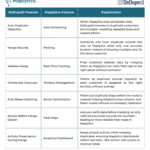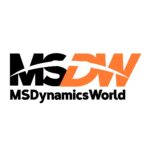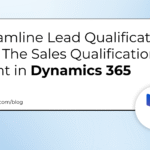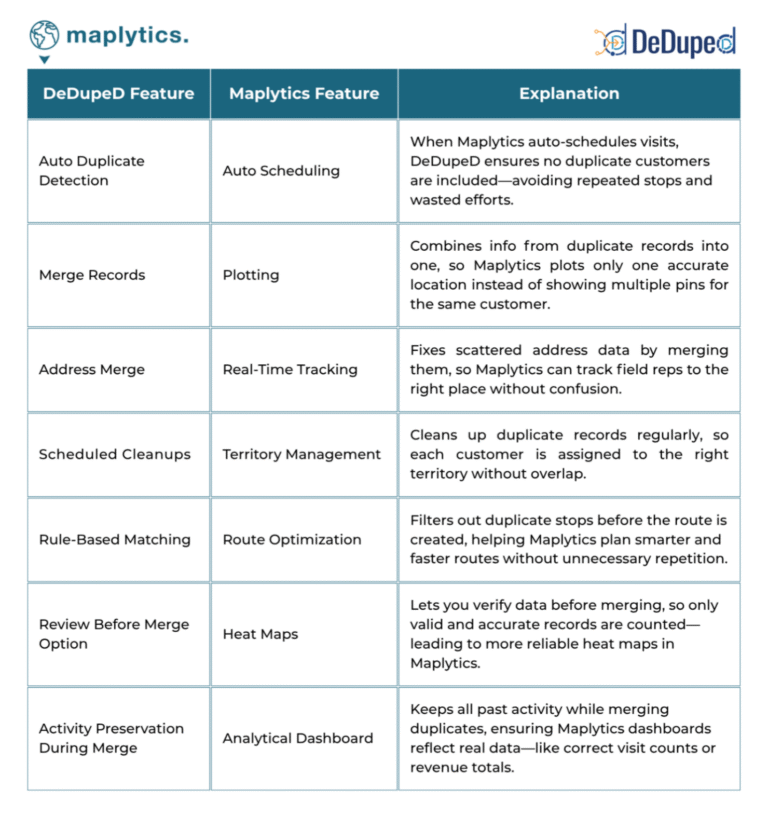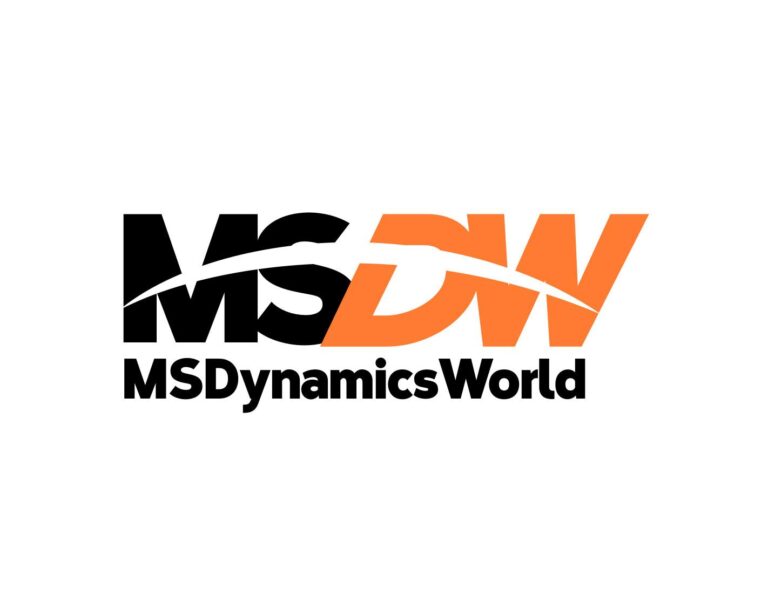As core capabilities of Salesforce CDP, the conversation around data unification, identity resolution, and segment activation has truly taken off this year. Salesforce CDP has delivered near-constant innovation, gaining the spotlight at the Connections ‘22 event, then followed by Salesforce Genie, unveiled at Dreamforce, giving the conversation around CDP purpose and benefits a whole new scope.
However, Genie is not the same as Marketing Cloud Customer Data Platform (formerly Salesforce CDP), and Marketing Cloud Customer Data Platform (formerly Salesforce CDP) is very much still “alive and kicking”. In fact, to demystify what it takes to implement CDP and how it can be used, Salesforce’s internal Digital Experiences team have shared their own implementation journey of their products – they are “eating their own dog food” (or the more refined “drinking their own champagne”).
Around a year in the working, the team of 5 (supported by product marketers, data engineers, data scientists, developers), have been stitching together multiple back-end systems, alongside others (such as Snowflake) to redefine their digital experiences across their websites, Trailhead, the Trailblazer community, mobile app, email, paid media, analytics, and more.
Let’s take an inside look at how Salesforce have designed, implemented, and improved upon their own CDP (in the process).
How Salesforce Uses CDP: An Inside Look
Salesforce want to “practice what they preach”. In terms of data unification, identity resolution, and segment activation, their aim is to drive even more personalized experiences, e.g. if you’re on the Salesforce website, or receiving emails, they’re able to recommend content (trails, community groups, apps, etc).
They started with the challenge of high-volumes of customer data in (somewhat) disparate places – Org62 (Salesforce’s own Salesforce instance), multiple instances of Marketing Cloud, Snowflake – just like (pretty much) every other organization.
A slide that wasn’t originally intended to be externally-facing was posted on Linkedin by Eric Stahl, who heads up the internal Salesforce Digital Experiences team. People were fascinated, receiving 1000 reactions, partly due to it showing the unpolished, “real deal”.
This gives us insight into:
- The systems integrated so far, totalling close to 50 data streams flowing into CDP.
- Within CDP ingested data is mapped to their canonical data model, in order to standardize data, therefore aiding identity resolution.
- Various AI models make sense of patterns occurring within the profiles, e.g. product interest, likelihood to respond, next best trail. This list will get longer over time.
- Segments are created and activated via different channels, e.g. email, website, self-service, advertising – to achieve key use cases.
Segment Activation Use Cases
1. CDP Activation for Slack (Sales-Focused)
Slack was the first channel Salesforce activated. By matching Google Analytics data between the individual’s CDP profile and Account record, should the prospect/customer land on the website’s pricing page, the Account Executive (AE) is notified via Slack to say: This person is on this page, right now.
Salesforce have piloted this activation with one thousand AEs.
“Welcome to the new world, beyond a form completion that turns into a Lead record. We’re moving away from that to something more contemporary.”
– Eric Stahl, EVP Marketing, Salesforce
Notably, this activation does rely on the individual being “known”, as in Google Analytics cookie is matched with their CDP identity (from a previous form fill). A reasonable amount of code was required to make this work, however, Salesforce stated they are happy to publish the inner workings and/or make it open-source.
2. Salesforce+ and Journey Builder
During the Dreamforce main keynote, Salesforce let us in on a secret. Genie had been powering the Dreamforce experience end-to-end (including Salesforce+), behind the scenes. It’s been “battle-tested”.
This sets the scene for the second use case. At the most basic level, the Salesforce+ activation use case was a test to answer: “Can we take a segment, get it into a Marketing Cloud data extension, and trigger a journey in Journey Builder?”. Now that’s been made possible, the use cases have expanded further – just like how the amount and variety of content available for streaming on Salesforce+ grows.
3. 90% License Utilization Campaign
Now for a real revenue-driving campaign. In the past, a team member quarterly fetched license utilization data from a back-end system, running a query to pull a list of customers at 90%+ utilization. Then, the list was uploaded into Marketing Cloud, the campaign created etc.
With the license utilization data stream integrated, this data will be readily available in the customer’s CDP profile, which automates the segment, and triggers Journey Builder to send the campaign to purchase more licenses.
4. Highly-Dynamic Web Tech Stack
Salesforce are undergoing a huge rebuild of their entire web tech stack. The stronger architecture will support highly-dynamic website content that, based on the visitor’s identity, will serve up recommended content (instead of being “hard-coded” into the web page).
When you pause to think about it – every great digital experience involves some form of authentication. Salesforce will launch an authenticated, identity-based website experience, using Trailblazer ID. All data collected via Trailblazer ID, the user has consented to.
Once authenticated, your Trailblazer ID (and the data related to it), flows into CDP, in order to build a rich profile about you. That enriched profile is pumped into Marketing Cloud Personalization (formerly Interaction Studio) which serves up the dynamic content recommendations. To support this, Salesforce have invested in forming a company-wide content taxonomy, supported by a content service.
5. Paid Media Audiences
Perhaps the trickiest to activate (due to additional compliance checks), Salesforce hopes to activate segments into third-party sites for cross-channel, targeted advertising – all based on their own first-party data (not cookies, device IDs). In addition, they will be able to perform lookalike audience modeling (who share the same behavior or attribution to those in the segment).
Challenges and Considerations
Around a year in the working, how have Salesforce progressed with their own CDP implementation? While no organizations’ implementation of a CDP will be the same (different sized teams, skill-sets, variable data volumes and data complexities), Salesforce have achieved:
- 1.2B records processed into the development environment of CDP; 600M into the production instance.
- 48 data streams connected.
- 160M unique profiles.

The journey is not finished – in fact, will it ever be finished? There are challenges that Salesforce have encountered and overcome, with others they are still solving.
- Compliance checks: Salesforce admitted that it isn’t always simple, especially navigating how the technology can work in specific regions, with data residency (etc.) being a hot topic. It requires a huge joint effort between the marketing and legal teams.
- Robust authentication: Every great digital experience involves authentication. The identity service that underpins Trailblazer ID wasn’t originally built to handle the scale now being “thrown” at it to handle, for example, the high-volume authentication requests on Salesforce+ before the Dreamforce keynote starts. That’s why Salesforce have decided to rebuild this in the process. Another positive that was unearthed from Salesforce’s own implementation is the ability to schedule synchronizations – in other words, at which points data is synced to and from the CDP to prevent spikes in requests that could be outside of the processing capacity. Luckily, CDP now comes with the ability to schedule synchronizations, thanks to this team making the request to the product teams.
- Trailblazer ID and account-based attribution: Organizations that deliver experiences to individuals (as consumers) but also operate a B2B model will encounter this hurdle. As we’ve seen, the Trailblazer ID is so key. Individuals could sign up for Trailhead, Salesforce events, etc. using their personal email address, therefore their Trailblazer ID is not associated with their work email address. However, to measure the success of marketing initiatives in driving revenue, Trailblazer ID needs to be related to Accounts and Opportunities for pipeline attribution. So, how can these disparate data points be aligned? Salesforce solved this “mind-bending” challenge by “loosely-coupling” the individual to an Account. This offers both the benefit of pipeline attribution and flexibility, for example, if you change companies, your profile info will move across with you (certifications, badges).
“Identity resolution at the Trailblazer individual level, but still match it to B2B marketing and sales, it’s complicated, for sure”
– Eric Stahl, EVP Marketing, Salesforce
- Integration prioritization: The architecture slide that Salesforce shared shows that some integrations are live, while others are pending. Throughout the course of the implementation, they’ve been feeding back to the product team, especially around the need for out-of-the-box connectors to support their plans. The product team is working hard to deliver these.
“New features are constantly being added to CDP. We’ve on the front-edge of CDP, and anyone starting out now will benefit from a more mature product”
– Eric Stahl, EVP Marketing, Salesforce
So, the typical questions apply when planning your own architecture: Which integration/s has least custom integration work? Out of those that will require custom integration work, which are likely to have OOTB in the near future?
- Deciding on “easy win” use cases is key. Salesforce gave the example of the license utilization campaign, which served as a proof of concept to open up further use cases.
- Setting project expectations: CDP implementations are significant, requiring cross-functional collaboration. The advice to ensure these dependencies sprawling across teams are driven by executive sponsorship. The aim is to run a single CDP, not federating multiple CDPs – otherwise that defeats the point. Also, take a “product approach” to the project, like Salesforce have, instilling the discipline of a product team (e.g. scrums, team structure).
“Operating in silos is so much easier. Silos are great for getting implementations done – but then you end up with silos.”
– Eric Stahl, EVP Marketing, Salesforce
Summary
“Yes, there’s a lot of technology, many moving parts, but it’s the use cases that you need to unlock for your organization to make sense out of all of this technology”
– Eric Stahl, EVP Marketing, Salesforce
Salesforce have given us the inside look at how they’ve designed, implemented, and improved upon their own CDP (in the process). The key learnings included identifying “easy win” use cases, having a robust authentication service underpinning CDP, and emphasizing the cross-functional planning required, taking it to “a whole other level”.
In reality, Salesforce comprises a “rich tapestry” of different tech stacks, due to the acquisitions Salesforce has made over the years. Salesforce were forthcoming that OOTB connectors are something that should exist as “no brainers”, and have been prioritizing the development of many which customers can now take advantage of. We should bear in mind that the architecture required to send transactional emails is very different from, say, analytics. This is the challenge that faces any organization that wishes to implement a fully-fledged CDP – and by sharing their story, Salesforce have proved they are true Trailblazers, themselves.



